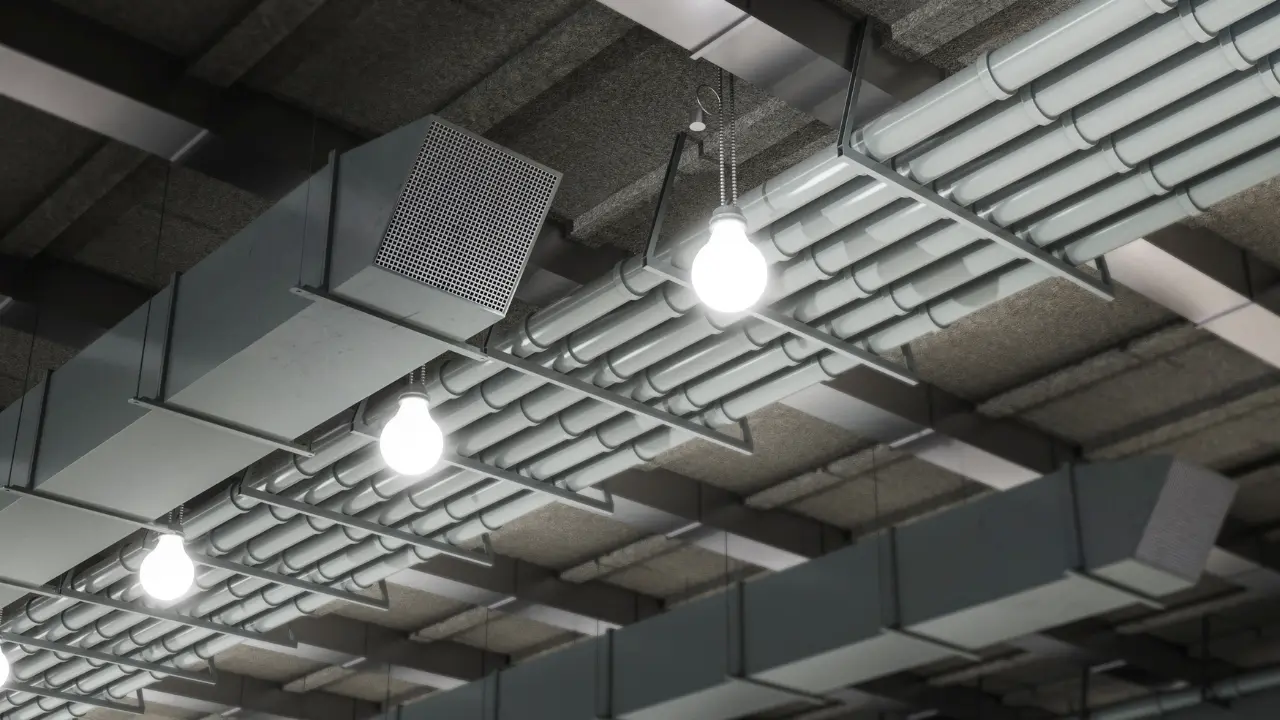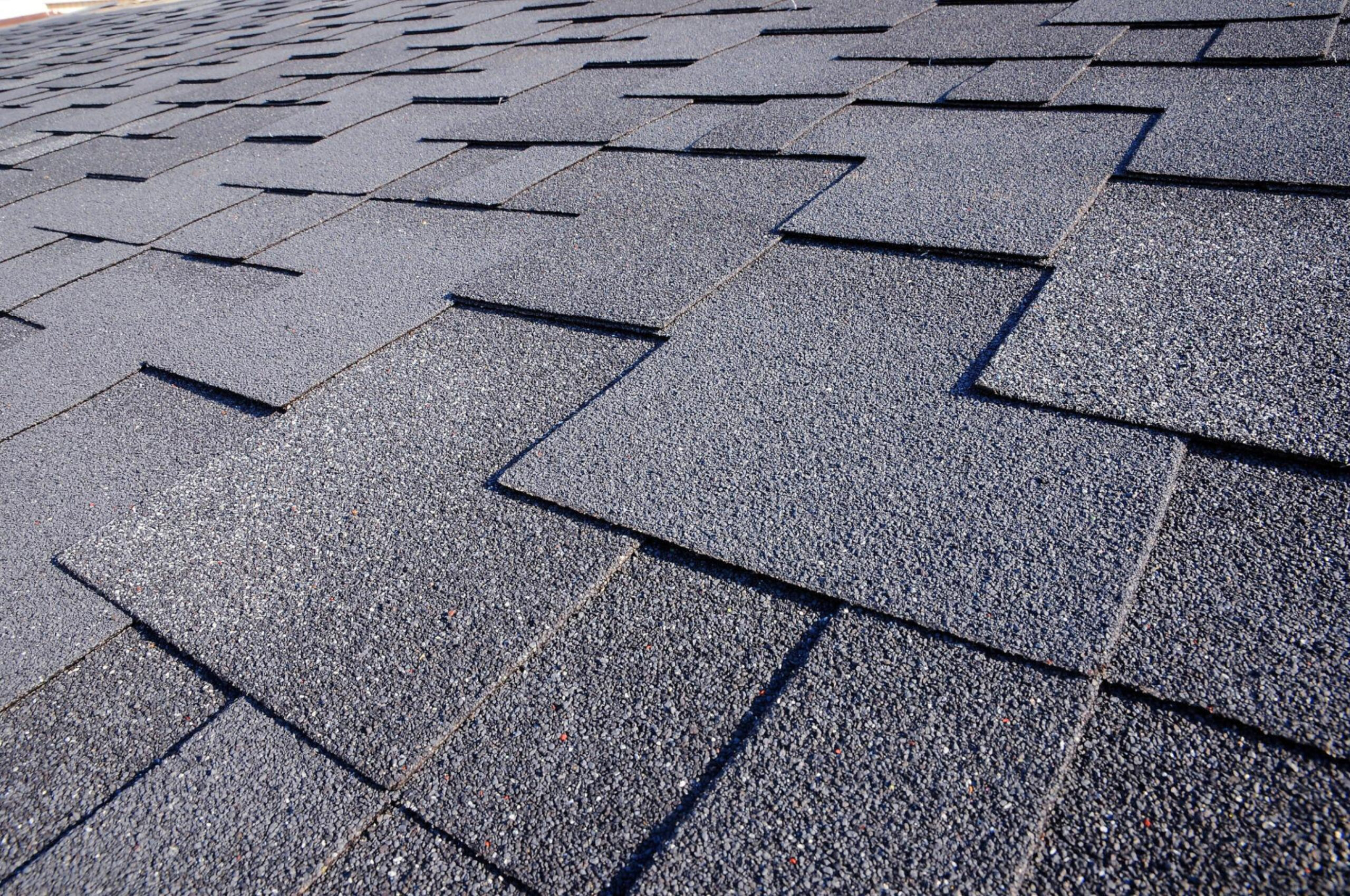Home decor
5 Common Attic Ventilation Mistakes (and How to Avoid Them)

Your attic may seem like a forgotten corner of your home, but its health impacts the entire house. Proper ventilation keeps your attic cool and moisture-free, protecting your roof, saving energy, and ensuring your living space stays comfortable. But even the best homeowners can make ventilation mistakes. Here are five common attic ventilation blunders and how to steer clear of them:
1. Misunderstood Intake and Exhaust:
Think of your attic as a breathing creature. Intake vents, usually found in soffits or under eaves, draw in cool, fresh air. Exhaust vents, typically on the roof’s peak or ridge, expel hot, moist air. The trick is balance.
Mistake: Installing only exhaust vents or placing them too low traps hot air and moisture, leading to roof damage and mold growth.
Solution: Ensure enough intake vents exist opposite the exhaust and position them near the eaves for optimal airflow.
2. Mixing Vent Types:
Variety is the spice of life, but not for attic ventilation.
Mistake: Combining different exhaust vent types (ridge vents, power fans, and turbines) within one attic disrupts airflow, creating “short circuits” and negating their effectiveness.
Solution: Stick to one type of exhaust vent, choosing the best option for your roof design and climate. Consult a professional for guidance.
3. The Blocked Vent Blues:
Vents aren’t self-cleaning superheroes.
Mistake: Overlooking clogged intake vents, often due to insulation, debris, or even spiderwebs, suffocates your attic airflow.
Solution: Regularly inspect and clean your vents, ensuring nothing obstructs the air intake. Consider attic baffles to keep insulation away from vents.
4. Vent Placement Faux Pas:
Location, location, location!
Mistake: Positioning intake vents too high or exhaust vents too low creates an ineffective airflow path.
Solution: Place intake vents near the eaves and exhaust vents at the highest point of the roof, maximizing the temperature and pressure difference that drives ventilation.
5. Neglecting the Missing Piece:
Sometimes, the biggest mistake is the absence of vents altogether.
Mistake: Assuming existing vents suffice or forgetting to install proper ventilation during construction.
Solution: Consult a qualified roofer or home inspector to assess your attic ventilation needs. Installing the right combination of intake and exhaust vents is crucial for a healthy attic.
Bonus Tip: Keep your attic cool! Dark-colored roofs absorb heat, so consider lighter shades or reflective coatings to minimize heat gain.
By being mindful of these common ventilation mistakes, you can transform your attic from a stuffy storage space to a well-ventilated haven for your home’s health and comfort. Remember, a happy attic makes a happy (and energy-efficient) home!
-

 Food and drink7 months ago
Food and drink7 months ago5 Dinners 1 Hour Recipes: Delicious and Easy Meals for Busy Weeknights
-
Home decor7 months ago
Maximize Your Style: Budget-Friendly Tips for Creating a Stunning Maximalist Home Decor
-

 Business6 months ago
Business6 months agoThe Ultimate Guide to Starting a Business in 2023
-

 Health6 months ago
Health6 months agoSelf-Care for the Super Busy: 5 Easy Ways to Prioritize Your Well-being
-

 Home decor4 months ago
Home decor4 months agoAsphalt Shingles: The Unsung Heroes of Roofing
-

 Home decor4 months ago
Home decor4 months ago10 Hygge Decor Ideas to Create a Warm and Inviting Home
-

 Home decor4 months ago
Home decor4 months agoLas Vegas Sun? No Problem! Conquer the Heat with LV Tint Window Tinting
-

 Beauty4 months ago
Beauty4 months agoDewy Dreams: Your Personalized Hydration Hero Guide to Glowing Skin




